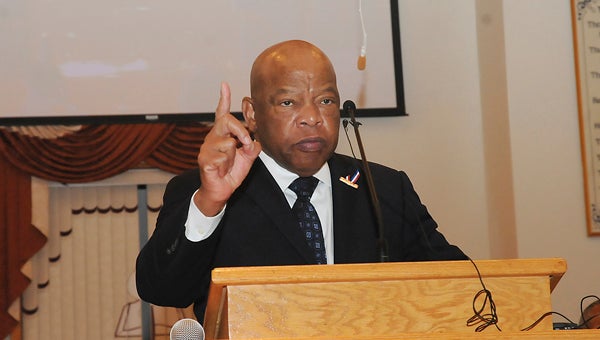Unemployment down in Selma, no change in Dallas County
Published 6:09 pm Friday, December 20, 2019
The Alabama Department of Labor (ADOL) is once again celebrating “record-low unemployment,” as November’s numbers show the state’s unemployment rate at 2.7 percent, a slight improvement over October’s record-setting 2.8 percent unemployment rate and a significant drop from last year’s rate of 3.8 percent.
“For seven months in a row now, we have announced record-breaking jobs numbers in Alabama,” said Alabama Gov. Kay Ivey in an ADOL press release. “We are consistently seeing yearly drops that are the highest in the nation. Our jobs count continues to break records and beat expectations. More than 80,000 Alabamians are working today that weren’t last year. All this data combines to paint a picture of economic health in Alabama. We have one more month to report on for 2019, but it’s certainly shaping up to be a banner year.”
That drop in unemployment seems to have made its way to Selma, as the city’s November unemployment rate of 5.0 percent marks a small improvement over October’s rate of 5.2 percent but an enormous improvement over last year’s 6.4 percent.
Despite the improvement, Selma still has the highest unemployment rate in the state.
Dallas County’s November rate of 4.4 percent represented no month-to-month change, but marked a vast improvement over last year’s rate of 5.7 percent.
For the first time in many months, the county fell off the list of those with the highest unemployment rates in the state.
Among the sectors with record-high employment levels were manufacturing, which currently employs some 273,700 Alabamians, and service providing, which employees more than 1.7 million Alabamians, with 261,000 working in professional and business services and 252,900 working in education and health services.
“Manufacturing employment in Alabama is at its highest level in 11 years,” said ADOL Secretary Fitzgerald Washington. “Other sectors are currently experiencing their highest levels of employment in history. Employers are hiring and people are finding work.”



